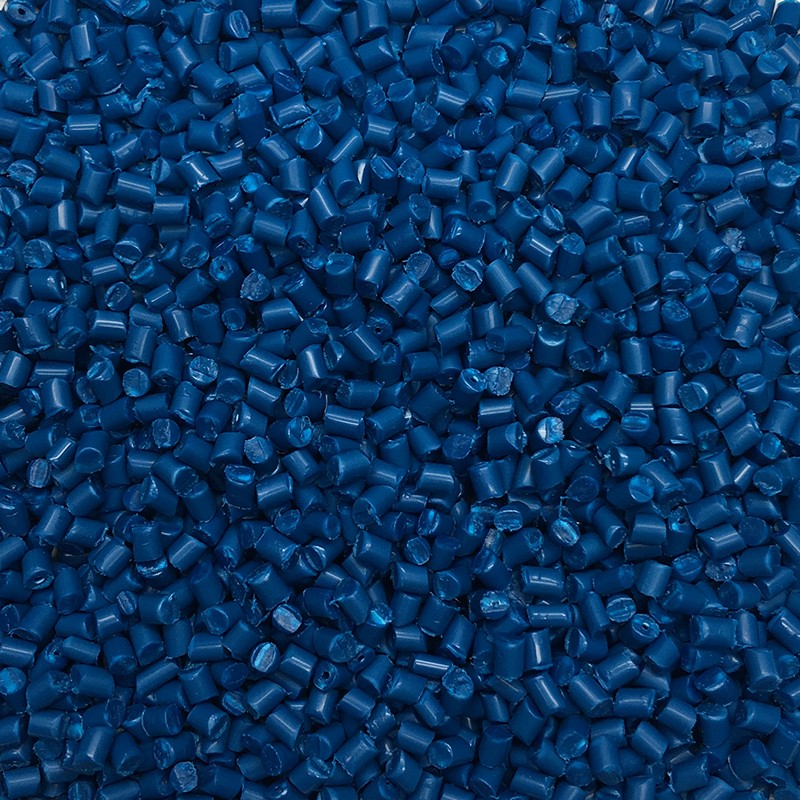What industries are Jiangmen engineering plastics used in?
Engineering plastics are mainly used in automobile, electronic and electrical, machinery, transportation, construction, chemical industry, national defense and military industry, etc.
1. Application in automobile field
engineering plasticAs the most important automotive lightweight material, its application in the automotive industry is growing rapidly, which can reduce the weight of parts by about 40%. Every 100kg of dead weight of the vehicle is reduced, the fuel consumption can be saved by 0.3~0.5 l per 100 km, and the CO2 emission per km can be reduced by 8~11 G. In addition, the intention of the plastics of auto parts is to improve the functions of auto parts, simplify the manufacturing process, improve the comfort and safety of the car, reduce the production and maintenance costs, and give a higher degree of planning freedom. From the perspective of applied components, engineering plastic parts can be seen everywhere, whether it is exterior decoration parts, interior decoration parts, or functional and structural parts. With the continuous improvement of the hardness, strength, toughness and other functions of engineering plastic, plastic windows, doors, frames and even all plastic vehicles will appear, and the process of automobile plasticization will be further accelerated.
2. Application in electronic and electrical engineering
The consumption of electronic and electrical parts made by engineering plastic accounts for about 30% of the total amount of engineering plastic. It has been used as shell material, coating material, matrix material, insulating layer material, etc. of electronic and electrical equipment and components. It will also continue to replace metal and thermosetting plastics. For example, the plastics for plug parts are rapidly transiting from thermosetting plastics to thermoplastic engineering plastics. In recent years, plastics with the functions of conducting electricity, conducting magnetism and electromagnetic shielding are gradually replacing some traditional electronic and electrical materials. In addition, the blowout development of smart phones, smart watches and other fashionable electronic products has also promoted the application of engineering plastic in this field.

3. Application in architecture
Plastic building materials have the advantages of light weight and low price. They are widely used in buildings, mainly including plastic doors and windows, plastic pipes, plastic floors, etc. The application of engineering plastic in the building materials industry is mainly PC plate, including greenhouses, lighting corridors, domes, courtyard lighting, community signs, road signs, billboards, light boxes, telephone kiosks, vending machines, switch panels, etc. highway noise barriers are also made of PC plate. Many more personalized and high-grade electrical switches and switch panels are made by engineering plastic. In terms of pipe fittings, with the improvement of the utilization rate of plastic pipes, nylon will replace metal as the primary connector material, while PA66 will be widely used in the heat insulation strips of aluminum alloy doors and windows.
4. Application in Mechanical Engineering
The application of engineering plastic in mechanical engineering has always accounted for about 11-12% of the total output, mainly including gears, bearings, bearing cages, covers, pulleys, sliding blocks, valves, propellers or fan blades. In addition to light weight, high strength, good processing formability and low price, the wide application of engineering plastic in mechanical engineering also benefits from its excellent characteristics such as good wear resistance, self lubrication, energy absorption and noise reduction. Engineering plastics for electric tools are required to have good flame retardancy and electrical insulation. The main varieties used include PC, reinforced PC, reinforced PA6 and PA66, as well as flame retardant reinforced PP and PBT, accounting for about 50% of engineering plastics in the machinery industry.
5. Application in 3D printing materials
Compared with metal, plastic 3D printing materials are easier to prepare, with less requirements for storage environment, low printing temperature and rapid development. The largest market for 3D printing materials is the automotive industry. In addition, aerospace is also an important application category of 3D printing engineering plastic.
This article is from Jiangmen engineering plastic:http://xrtsm.com.cn/
-
04-13
PVC Engineering Plastics: how PVC plastic pipes are formed
The forming process of PVC plastic pipes should start from the raw materials of PVC plastic granules, which can be divided into soft PVC and hard PVC according to the added amount of stabilizer, plast
-
11-12
What is the filling property of Jiangmen engineering plastics
What is the filling property of Jiangmen engineering plasticsIn recent years, PC modified plastics have developed rapidly in China, and its industrial system is gradually established and improved. Th
-
10-08
Jiangmen Engineering Plastics: how to classify Jiangmen engineering plastics?
How to classify Jiangmen engineering plastics? 1. Classification by application characteristicsAccording to the different application characteristics of famous plastics, plastics are usually divided
-
08-30
Application scope of PBT engineering plastics
PBT engineering plastics are widely used in electronics, car industry, office machinery and other fields. In Japan and the developed countries in Europe, PBT engineering plastics are mainly used in t